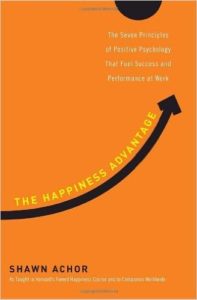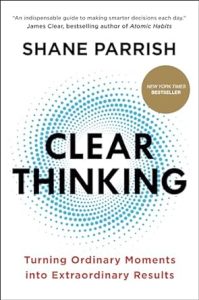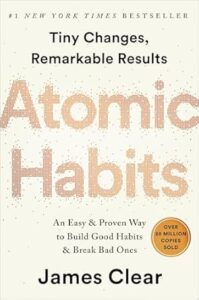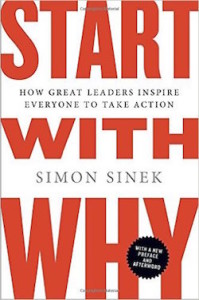Shawn Achor spent years studying and learning at Harvard University. The premises of this book challenges the popular idea that if you work hard, you will be happy.
Instead, Shawn argues if you work at being happy, the rewards of a great job will follow.
He uses empirical and psychological studies to create 7 principals to become happier.
The 7 principals are:
The happiness advantage – Happiness is defined as the experience of positive emotions – pleasure combined with deeper feelings of meaning and purpose. (p.39)
The fulcrum and the lever – While we can’t change reality, we CAN use our brain to change how we process the world. (p.63)
The Fulcrum and the Lever’ is based on Archimedes’ Formula: if we have a long enough lever and a good place to stand (the fulcrum point), we can move the world.
The author compares the lever to our possibility, and the fulcrum to our mindset. Change the fulcrum of your mindset and lengthen the lever of possibility, and you change what is possible.
The tetris effect – The Tetris Effect gets its name from a video game where the player must arrange shapes falling from the sky to fit together in rows. In studies, players who played for hours, day after day, would start to see Tetris patterns in everyday life (“cognitive afterimage”). (p.88)
Falling up – Falling Up is the concept that failure is inevitable, but leads often to greater opportunities. This is an idea which has been explored in other top business books such as “Failing Forward,” and the examples from the business world of failure leading to new heights of success are many, from Thomas Edison to Michael Jordan. (p.108)
The Zoro circle – The Zorro Circle gets its name from the movie Zorro, where the elder sword master draws a circle in the dirt, telling his pupil that he can only fight within this small circle. As he masters control of the circle, only then can he expand his mastery beyond it. (p.128)
Similarly, we can create our own Zorro Circle by first concentrating our efforts on small manageable goals, gaining control before moving on. (p.129)
The 20 second rule – The 20-Second Rule is based on our natural gravitation to activities which are easy to get started on. It’s been proven that we will do something less satisfying than something else solely because it’s easier to get going. Just because we know the right thing to do, we don’t automatically do it. An example was given that 44% of doctors, who should know better than anybody the importance of exercise and a healthy diet, are overweight. (p.145)
Willpower alone is insufficient to make the right choices. (p.152)
If we can lower barriers to activation for positive activities, we can begin to form habits. Likewise, if we raise barriers to activation for negative activities, we can break those habits. (p.154)
Social investment – Possibly the most important of the seven principles, investing in social capital has been proven to be a critical component of success in both work and health. It can literally add years to your life. The most successful people respond to adversity by turning to their social networks, and become more productive, engaged, energetic, and resilient. (p.175)
Strong social support can stave off depression, and even extend our lives, due to the pleasure-inducing hormone oxytocin, which is released when we make a social connection. (p.177)
Biggest Insight
The Pygmalion Effect: when our belief in another person’s potential brings that potential to life.
Join The Newsletter
Get occasional emails from me when I publish new projects and articles.



